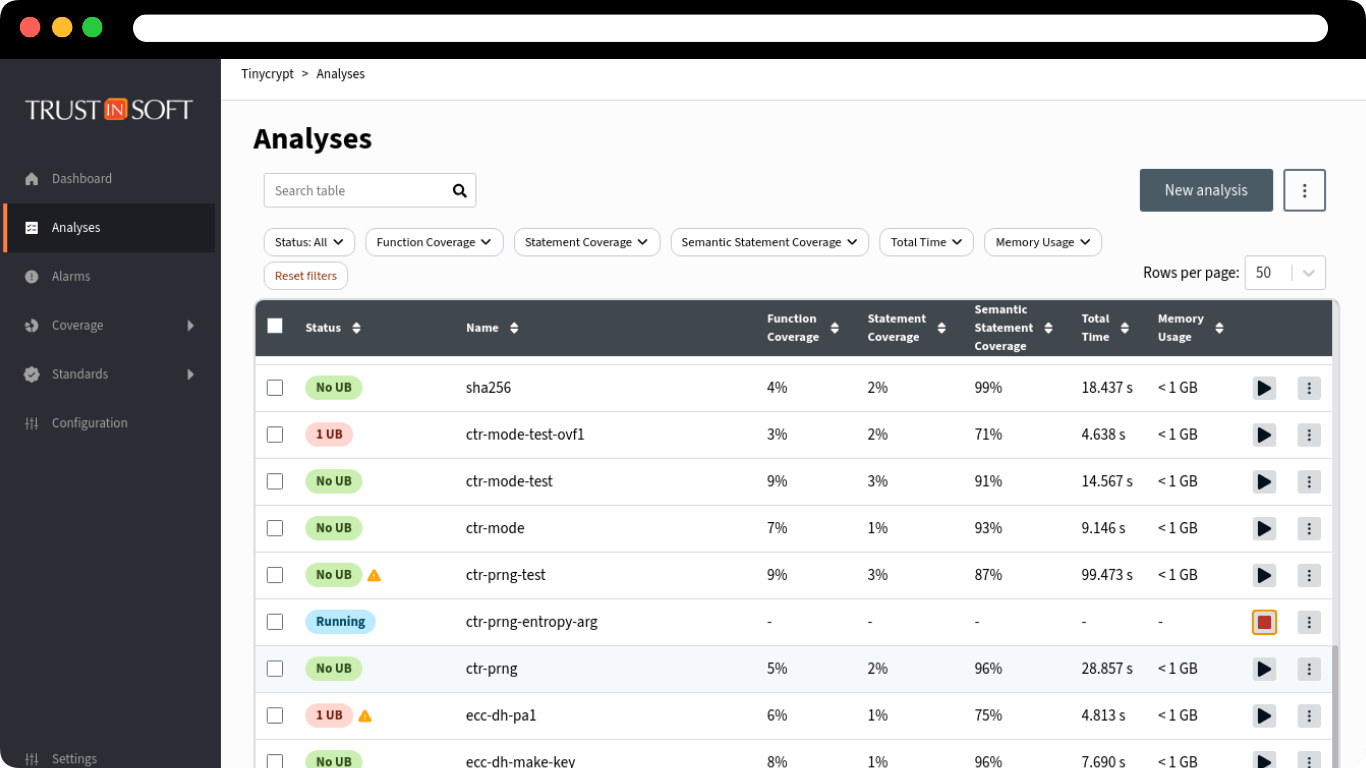Securing Thales Avionics: Formal Verification for Bug-Free Communication

The Growing Need for Enhanced Security in Avionics
In the mission-critical realm of modern avionics, where safety and security are paramount, software integrity is non-negotiable. Thales, a recognized leader in avionics technology, is at the forefront of ensuring this integrity. The escalating complexity of avionics software introduces a corresponding increase in potential vulnerabilities that is driving further emphasis to secure avionics equipment and systems from operational, safety, and security threats. Software failures in avionics can lead to severe consequences, including safety risks and operational disruptions. Safety-critical software systems, such as those used in avionics, face stringent engineering requirements due to inherent security risks. Adhering to industry standards and regulations, like DO-178C, is crucial, alongside addressing cybersecurity compliance requirements such as ISO 21434 (automotive) and DO-356A. Meeting these standards ensures robust protection against potential exploits.

Thales' Approach to Secure Avionics
Thales integrates formal verification into its avionics development process to ensure the highest levels of security and reliability. Thales employs Agile development processes to meet emergent needs and support urgent operational requirements for secure communications. Formal verification plays a critical role in ensuring memory safety and secure communication protocols. Thales' Secure by Design service, T-Sure Assurance, prioritizes security from the outset Thalesgroup.com. Furthermore, Thales collaborates with research institutions like CEA to advance formal verification techniques. Secure communication is of utmost importance in avionics, necessitating adherence to relevant protocols and standards.

What is Formal Verification?
Formal verification has been instrumental in improving the safety and security of Thales avionics equipment. Specific examples include quantifiable results such as a reduction in bug count and improved reliability metrics. The successful applications of formal verification in smart cards and other relevant domains, including Thales’s prior work, demonstrate its effectiveness. Formal verification addresses specific security vulnerabilities in communication protocols, ensuring robust and secure systems. Formal verification is a mathematical technique used to prove the correctness of software. Unlike traditional testing methods, which rely on running test cases, formal verification mathematically demonstrates that the software meets its specifications. This approach guarantees the absence of certain classes of bugs, improving software reliability and safety. Formal verification also reduces development costs through early bug detection and eliminates false positives often associated with traditional static analysis tools. TrustInSoft offers a unique value proposition by mathematically proving the absence of runtime errors and ensuring memory-safe software, aligning with the brand's mission and values.

TrustInSoft's Role in Enhancing Memory Safety and Secure Communication
TrustInSoft's formal verification tools enhance memory safety and secure communication in avionics systems. TrustInSoft Analyzer mathematically guarantees the absence of memory vulnerabilities and runtime errors, detecting critical errors such as buffer overflows, use-after-free errors, and integer overflows; resulting in streamlined compliance with DO-178C and other avionics safety standards. TrustInSoft is committed to eliminating runtime errors and building zero-defect code, offering a unique value proposition through mathematical proofs, runtime error detection, and memory safety verification. TrustInSoft's solutions ensure that avionics systems are robust, reliable, and secure. By partnering with TrustInSoft, Thales enhances software reliability through formal verification, mathematically proving the absence of bugs and vulnerabilities. This collaboration not only makes Thales' avionics equipment safer but also its communication more secure, reinforcing TrustInSoft’s commitment to empowering developers to eliminate runtime errors and achieve memory-safe software.
Building Zero-Bug Software
Formal verification is essential for ensuring the safety and security of next-generation avionics equipment. The key benefits of using formal verification include improved reliability, reduced development costs, and compliance with industry standards. TrustInSoft empowers developers to eliminate runtime errors and deliver memory-safe software, aligning with the TrustInSoft mission to help developers to deliver Mathematically Proven Memory-Safe Software.

Learn more about TrustInSoft Analyzer
Learn more about the tool that this Tier One Aerospace Supplier used to secure their code!
Discover our product
